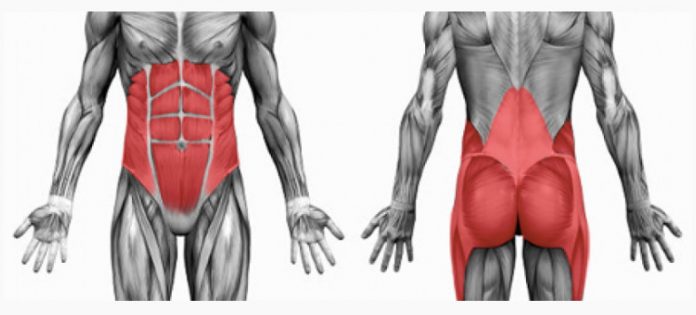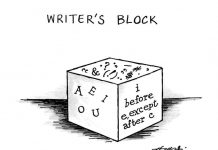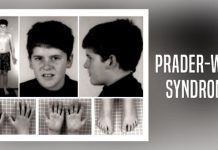Most people believe that abdominal crunches and oblique exercises will develop core strength and stability. This perception is to misunderstand the different types of muscles in the trunk area and how they work.
What are Core Muscles?
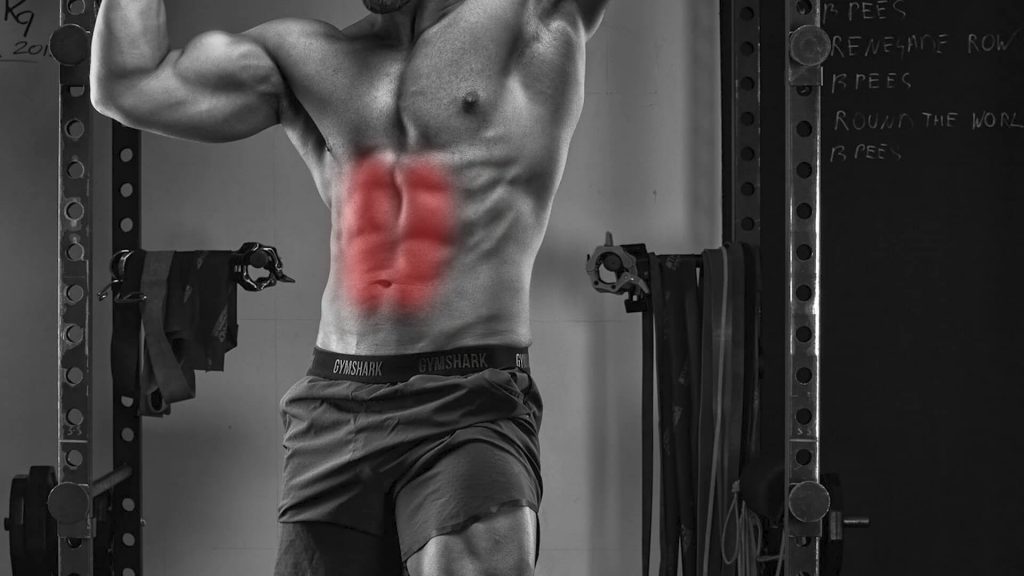
A Pilates student may hear her instructor refer to a core muscle as a local stabilizer. Local stabilizers are muscles that are located deep within the body, close to the spine. They are recruited by low loads of force and slow, controlled movements. The function of these muscles is to stabilize the spine, enabling it to safely perform the variety of movements that we perform both in the gym and in daily life.
The Rectus Abdominis and Abdominal Crunches
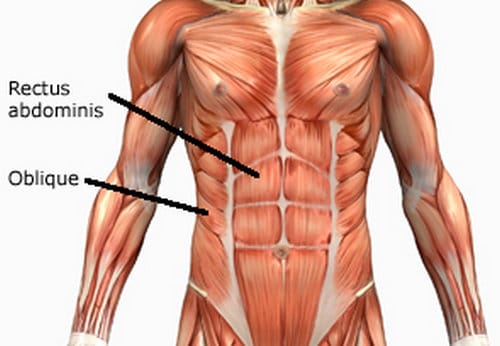
But what about the rectus abdominis, the six-pack muscle that gym rats tend to focus on? Training the rectus abdmonis can result in a beautiful abdominal area, but having a strong rectus does not necessarily mean that the core muscles are strong.
The rectus abdominis is a superficial muscle, meaning that it is among the muscles that are closest to the surface of the body. These muscles are called global mobilizers. Global mobilizers are power muscles recruited by high loads of force. These muscles do not stabilize the spine: it is not their function.
Core Stability Exercises
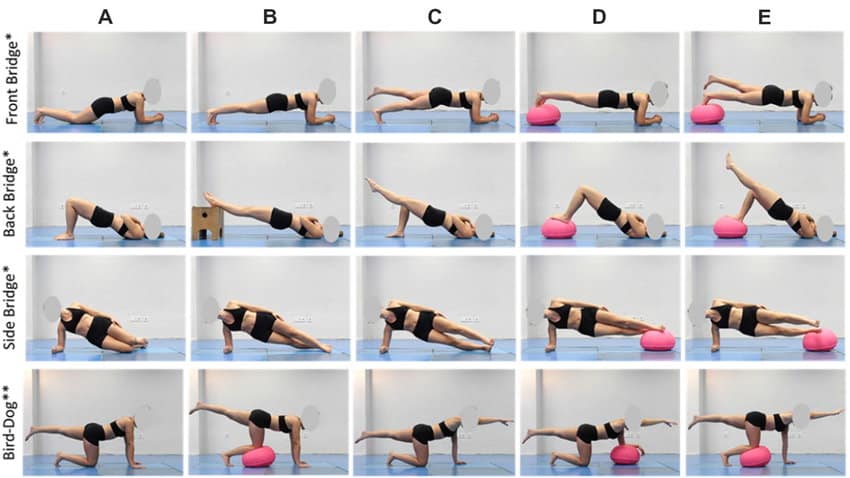
Exercisers must train the core muscles, or the local stabilizers, in order to build core strength. For the trunk area, that means a focus on strengthening the transversus abdominis and the multifidus. The transversus abdominis and the multifidus are the deep abdominal and back muscles.
Local stabilizers are hard to recruit at first. For many exercisers, it is difficult to isolate them and feel whether they are firing or not. The pelvic muscles can aid in recruiting the transversus and the multifidus. For this reason, Pilates instructors may introduce the deep pelvic muscles as they teach students where the local stabilizers are and how it feels when they are engaged.
Cues like pull the abdominal wall in, imagine the pelvic floor is a hammock that rises and falls, try to hold an imaginary diamond in your belly button without releasing it, and gently close the ribs are all designed to help exercisers engage the deep core muscles.
Pilates Exercises Promote Core Strength
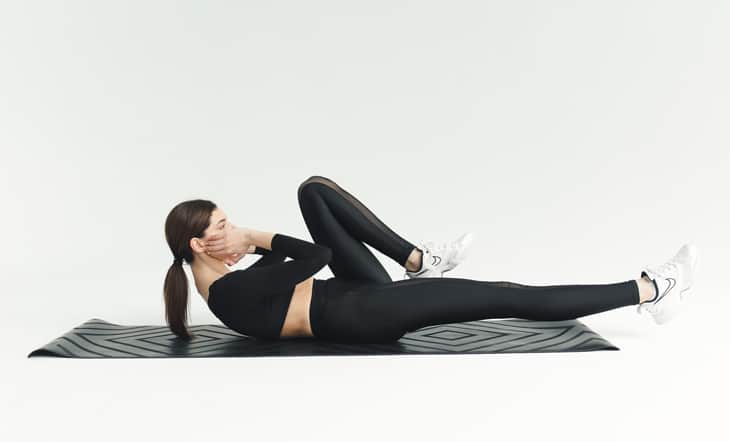
The exercises that recruit local stabilizers and promote a healthy, strong core are not sexy. They are small, controlled movements performed at about 25% maximum exertion. However, when participants learn to recruit these muscles and strengthen them, they are then in a position to perform the exciting, fun exercises that tend to involve the power muscles.
A healthy body is powered by strong core muscles. These muscles allow safe and comfortable movement both in daily activities and in the exercises we perform at the gym, studio, or home.


